There is no centre of the universe! According to the standard theories of cosmology, the universe started with a "Big Bang" about 14 thousand million years ago and has been expanding ever since. Yet there is no centre to the expansion; it is the same everywhere. Follow the universe from its humble beginnings and see how galaxies, stars, planets—and all the atoms in your body—were created as the universe grew.
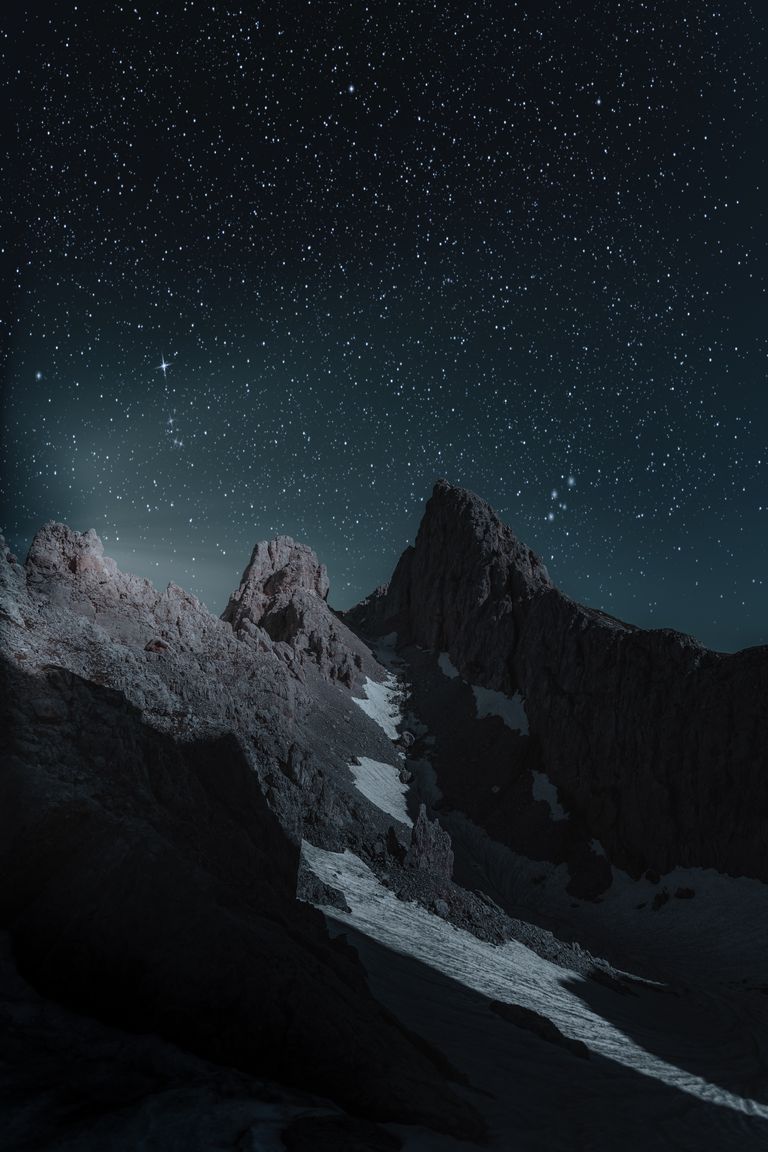
Transport yourself way beyond our solar system, billions of light-years from home, and investigate the most diverse and beautiful objects in deep space in ultra-high resolution from the world’s most advanced telescopes.
You’ll have to wait about 2.5 million years for your postcard to arrive from Andromeda, but only four hours to receive your greetings from Neptune
Take the age of the universe. A century ago, we could say only that the universe was very old. There was no way to find a precise number. Now, thanks to detailed maps showing the faint echo of the Big Bang — what astronomers call the “cosmic microwave background” — we know the universe is 13.82 billion year old, give or take 10 million years. It’s a staggering achievement in “precision cosmology.
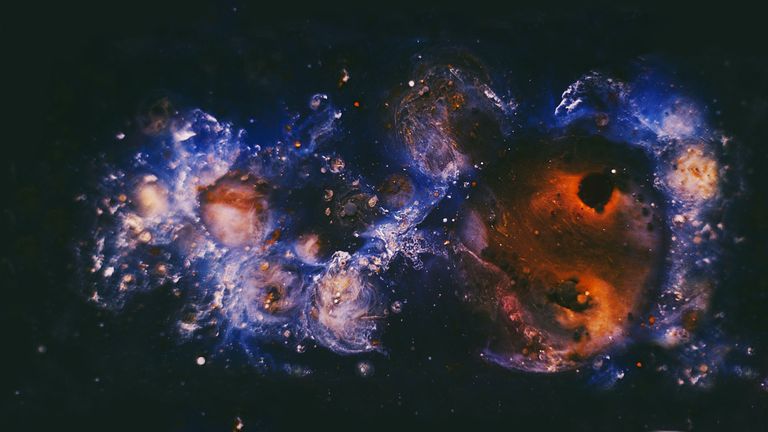
”To commemorate your journey through the universe, send yourself an e-postcard that travels at the speed of light from Neptune, the Orion Nebula, the Andromeda Galaxy, and the Coma Cluster of galaxies.
There is no centre of the universe! According to the standard theories of cosmology, the universe started with a "Big Bang" about 14 thousand million years ago and has been expanding ever since. Yet there is no centre to the expansion; it is the same everywhere. The Big Bang should not be visualised as an ordinary explosion. The universe is not expanding out from a centre into space; rather, the whole universe is expanding and it is doing so equally at all places, as far as we can tell.

In 1929 Edwin Hubble announced that he had measured the speed of galaxies at different distances from us, and had discovered that the farther they were, the faster they were receding. This might suggest that we are at the centre of the expanding universe, but in fact if the universe is expanding uniformly according to Hubble's law, then it will appear to do so from any vantage point.
If we see a galaxy B receding from us at 10,000 km/s, an alien in galaxy B will see our galaxy A receding from it at 10,000 km/s in the opposite direction. Another galaxy C twice as far away in the same direction as B will be seen by us as receding at 20,000 km/s. The alien will see it receding at 10,000 km/s:
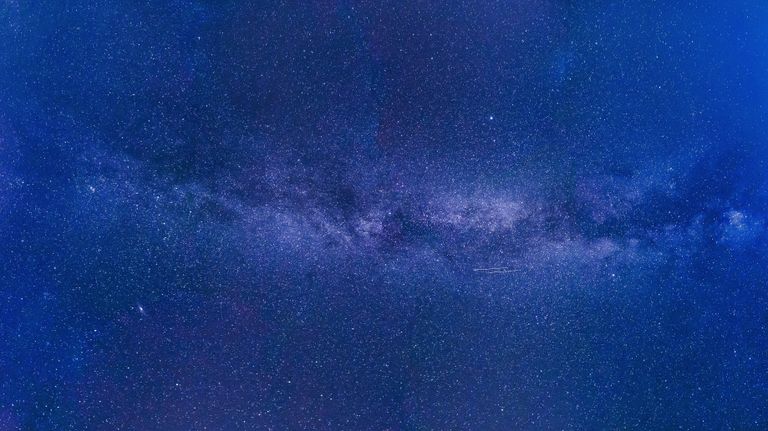
But we don’t have all the answers about our universe. Despite all the data streaming in from the observatories around the world and from particle physics experiments like the Large Hadron Collider in Switzerland — and despite the countless hours that astronomers and physicists spend at the blackboard or
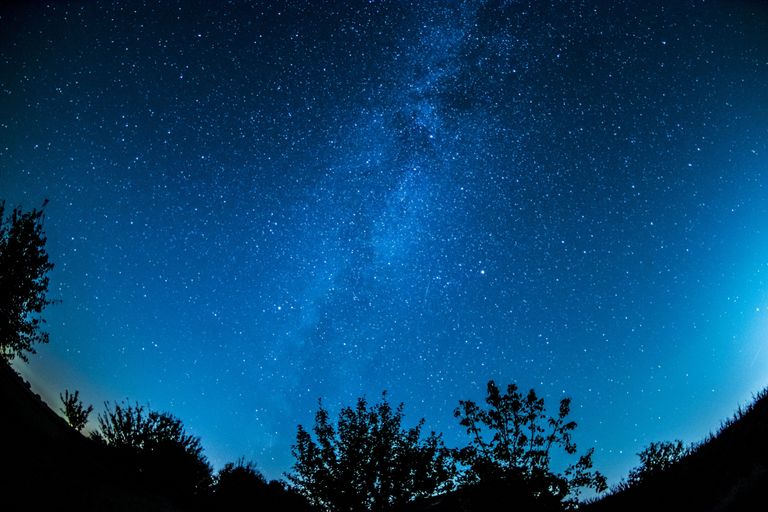
running computer simulations, a handful of cosmic questions continue to keep scientists up at night (for those who aren’t up at night already, peering skyward)
The idea that the universe should be uniform (homogeneous and isotropic) over very large scales was introduced as the "cosmological principle" by Arthur Milne in 1933.
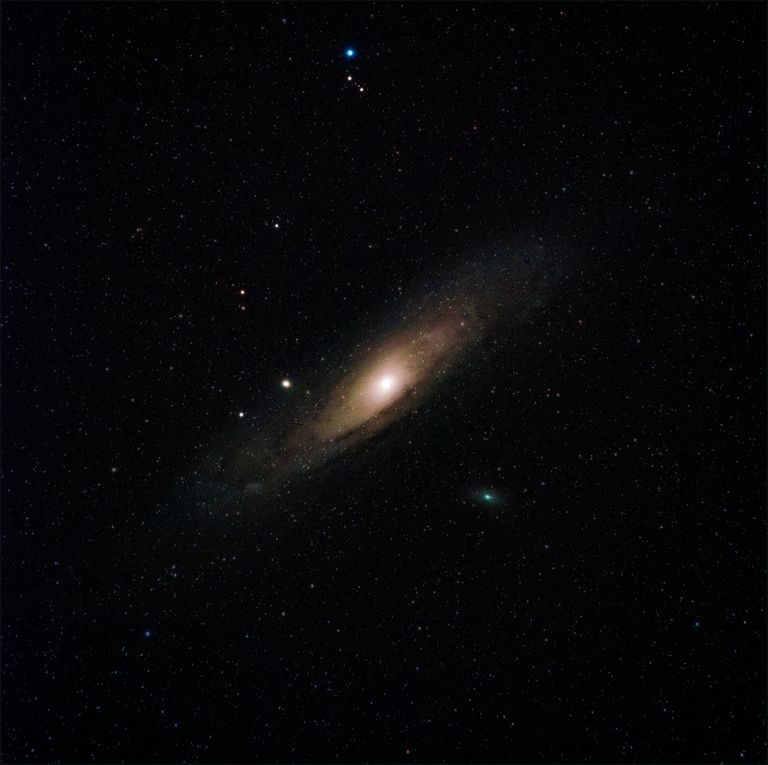
Not long before that, it had been argued by some astronomers that the universe consisted of just our galaxy, and the centre of the Milky Way would have been the centre of the universe. Hubble put an end to that debate in 1924 when he showed that other galaxies exist outside our own.

Despite the discovery of a great deal of structure in the distribution of the galaxies, most cosmologists still hold to the cosmological principle either for philosophical reasons or because it is a useful working hypothesis that no observation has yet contradicted.

Nevertheless, our view of the universe is limited by the speed of light and the finite time since the Big Bang. The observable part is very large, but it is probably very small compared to the whole universe, which may even be infinite. We have no way of knowing what the shape of the universe is beyond the observable horizon, and no way of knowing whether the cosmological principle has any validity on the largest distance scales possible.
Hey Nice post😍
give you an important news their is an airdrop going on and all who join will get $30 worth BLURT. if you get it already then ignore, if you didn't get it yet then you should get it now cause their campaign will end very soon.
click here for get the airdrop : UHIVE METAVERSE ADOPTION AIRDROP